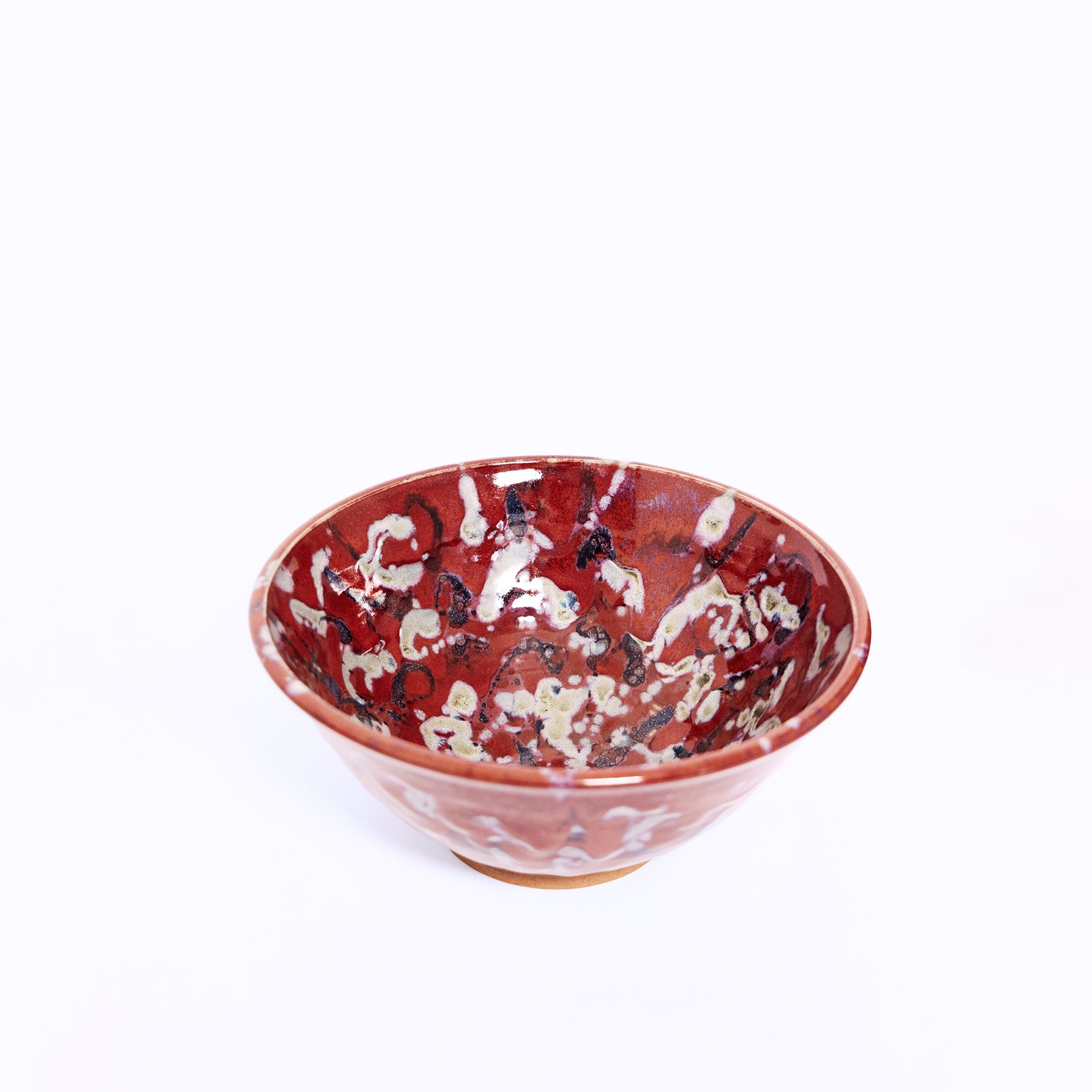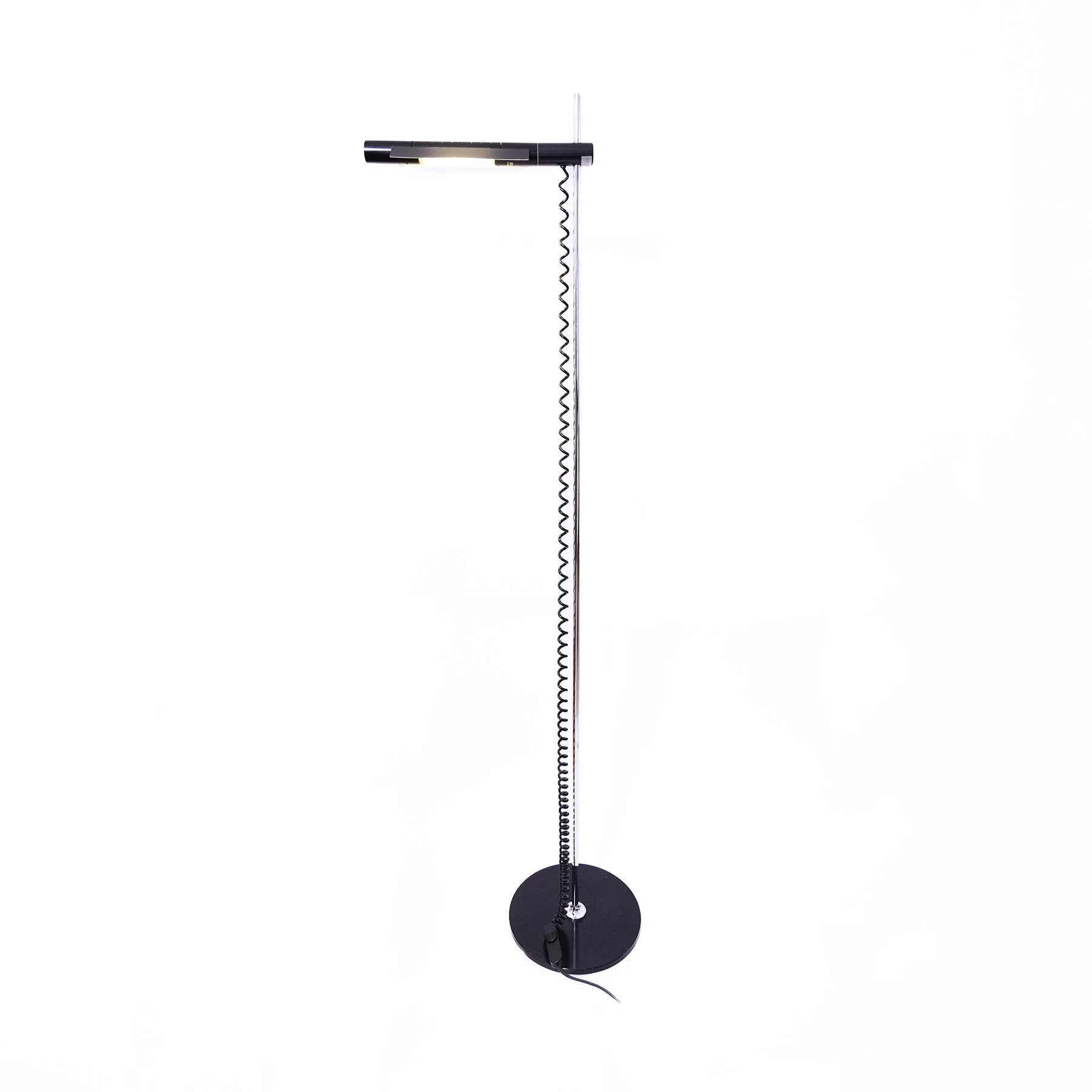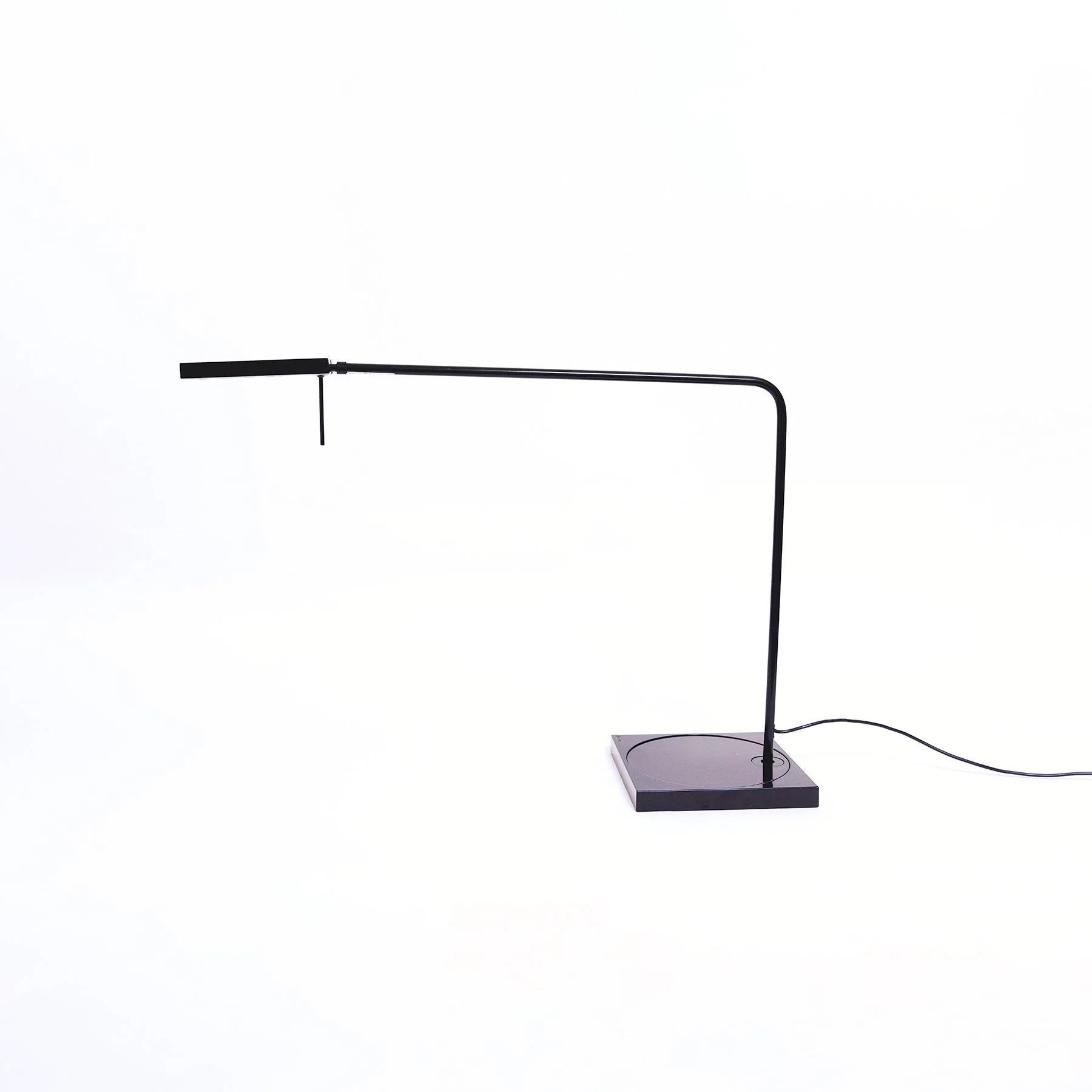PORTFOLIO
Fiup or flop? Design don’t drop.

Modern House
Residential project in Belgrade
Architecture
Album Design
Cover art for music release
Graphic Design
Coffee Brand
Visual identity for local roastery
Branding
Urban Loft
Apartment redesign in city center
Architecture
Book Cover
Design for publishing house
Graphic Design
Tech Brand
Startup visual identity
BrandingThis vintage porcelain pitcher from Zaječar, Yugoslavia, is a beautiful example of Eastern European ceramic design from the mid-to-late 20th century. With its sleek form, elegant handle, and subtle glaze, it serves both as a functional vessel and a decorative accent piece.
Crafted by the well-known manufacturer Porcelanka Zaječar, this piece is signed on the bottom and reflects the design sensibilities of socialist-era homeware — simple, durable, and aesthetically refined.
This sculptural solid brass ashtray features an elegant, organic form reminiscent of the work of Carl Auböck or Danish modernist designers. With its flowing lines and minimalist design, it serves not only as an ashtray but also as a decorative object or catchall tray.
Its compact size and warm, natural patina make it perfect for desks, coffee tables, or as part of a curated shelf display.
The HALO 250 is a refined floor lamp that brings together Swiss engineering, minimalist aesthetics, and exceptional light control. Its clean lines and slender profile make it ideal for both residential and professional interiors where subtle elegance is key.Designed by Rosmarie and Rico Baltensweiler, pioneers of postwar Swiss lighting, the HALO 250 reflects decades of craftsmanship rooted in clarity, precision, and timeless form. The adjustable arm and directional head make it an ideal lamp for reading, accent lighting, or focused tasks.Revered by architects and interior designers for mechanical precision and modular construction. HALO 250 is widely used in high-end architectural projects throughout Europe.
This stylish mid-century serving cart is a perfect blend of elegance and function, combining red lacquered metal with golden brass accents. Featuring two glass tiers and smooth-rolling casters, it effortlessly transitions from a practical tea trolley to a striking cocktail or bar cart.
The cart’s light frame and curved handles echo the Hollywood Regency aesthetic, while its material combination of glass, metal, and brass makes it a timeless addition to any interior. Whether used for serving drinks, displaying books, or holding plants, its graceful design elevates any room.
Likely produced in Italy or West Germany in the 1960s, this piece reflects the era's fascination with lightness, mobility, and luxurious finishes — all wrapped in a compact and highly usable form.
This pair of iconic cantilever armchairs embodies the radical innovation of Bauhaus-era design, pioneered by Mart Stam in 1926. These are not mere chairs — they are a piece of design history.
With their tubular steel frame and floating seat construction, these chairs defy traditional furniture norms. The cantilever design, which eliminates rear legs, creates a sense of lightness, flexibility, and modernity that was revolutionary at the time — and remains visually striking even today.
Mart Stam's cantilever chair was the first of its kind, preceding the better-known versions by Mies van der Rohe and Marcel Breuer. His design was not only a breakthrough in aesthetics but also in construction and material thinking. The design is part of permanent collections in museums like the MoMA and Vitra Design Museum.
This particular set features armrests, adding comfort and structure. The seat and backrest are upholstered in leather (or leatherette, depending on version), stretched tightly across the frame for ergonomic support.
This vintage ashtray by Collini is a superb example of mid-century Italian design. Cast in solid brass, it features a minimalist geometric form and a luxurious golden tone, making it as much a sculptural object as a functional one.
Originally designed for stylish homes and offices of the 1960s, Collini ashtrays are now sought after as decorative collectibles, often used as desk pieces, jewelry trays, or even paperweights.
The Luxo Ninety is a modern classic of task lighting — sleek, functional, and energy-efficient. With its minimalist aesthetic and advanced LED technology, it’s a perfect addition to both home offices and professional workspaces.
Designed by Jac Jacobsen for Luxo, the Ninety lamp embodies the Scandinavian philosophy of simplicity, precision, and functionality. Introduced as the contemporary evolution of the legendary L-1 lamp (1937), Ninety continues Luxo's legacy of ergonomic lighting with a built-in LED source and smoother articulation.
Red Dot Design Award Winner (2007) for its exceptional balance of technology and form.
Direct descendant of the Luxo L-1, an iconic lamp that is part of the permanent collections at MoMA (New York) and V&A Museum (London).
This rare lounge chair is a striking Eastern European reinterpretation of Adrian Pearsall’s iconic 104-C iron lounge chair, originally designed for Craft Associates in the 1950s. With its low profile, angled stance, and distinctive armrests, it captures the sculptural energy of Pearsall’s design — reimagined through the lens of socialist-era production.
While Pearsall’s original was produced in the U.S., this chair was likely manufactured in Yugoslavia or Czechoslovakia during the 1960s–70s. It shares the bold form of the 104-C but swaps the refined American craftsmanship for a more industrial metal frame — painted or enamel-coated steel, consistent with regional materials and manufacturing approaches of the time.
These types of reinterpretations were common behind the Iron Curtain: Western design served as inspiration, but the final products were unique hybrids adapted to local resources and production standards.
A true icon of postmodern Italian design, the Spaghetti Chair is both playful and refined. Designed by Giandomenico Belotti for Alias in the early 1980s, this leather-and-chrome version elevates the original’s casual elegance into something even more luxurious — making it ideal for dining rooms, studios, or gallery-like interiors.
Designed in 1980 by Giandomenico Belotti, the Spaghetti Chair was the first product ever released by Alias, one of Italy’s most forward-thinking design brands. Named after the “spaghetti”-like strands of material used for the seat and backrest, the chair became a symbol of the era’s functional minimalism and humorous spirit.
While the original used PVC cords, this rare edition features genuine leather straps, offering a more refined and durable take on the original concept. The frame, made of polished chrome-plated steel, maintains the chair’s lightness and transparency, allowing it to blend seamlessly into a variety of interiors.
This vintage porcelain pitcher from Zaječar, Yugoslavia, is a beautiful example of Eastern European ceramic design from the mid-to-late 20th century. With its sleek form, elegant handle, and subtle glaze, it serves both as a functional vessel and a decorative accent piece.
Crafted by the well-known manufacturer Porcelanka Zaječar, this piece is signed on the bottom and reflects the design sensibilities of socialist-era homeware — simple, durable, and aesthetically refined.











This sculptural solid brass ashtray features an elegant, organic form reminiscent of the work of Carl Auböck or Danish modernist designers. With its flowing lines and minimalist design, it serves not only as an ashtray but also as a decorative object or catchall tray.
Its compact size and warm, natural patina make it perfect for desks, coffee tables, or as part of a curated shelf display.